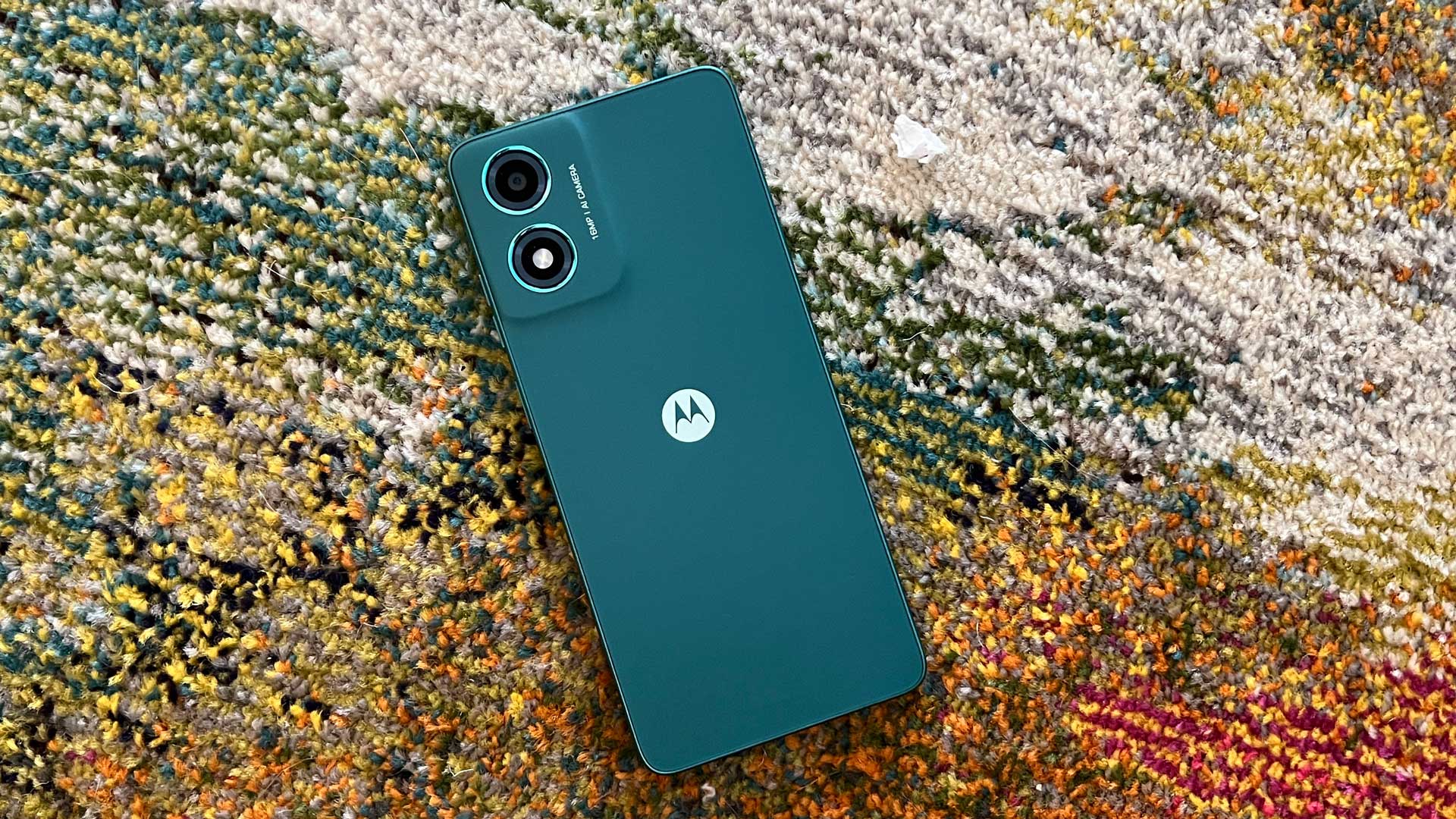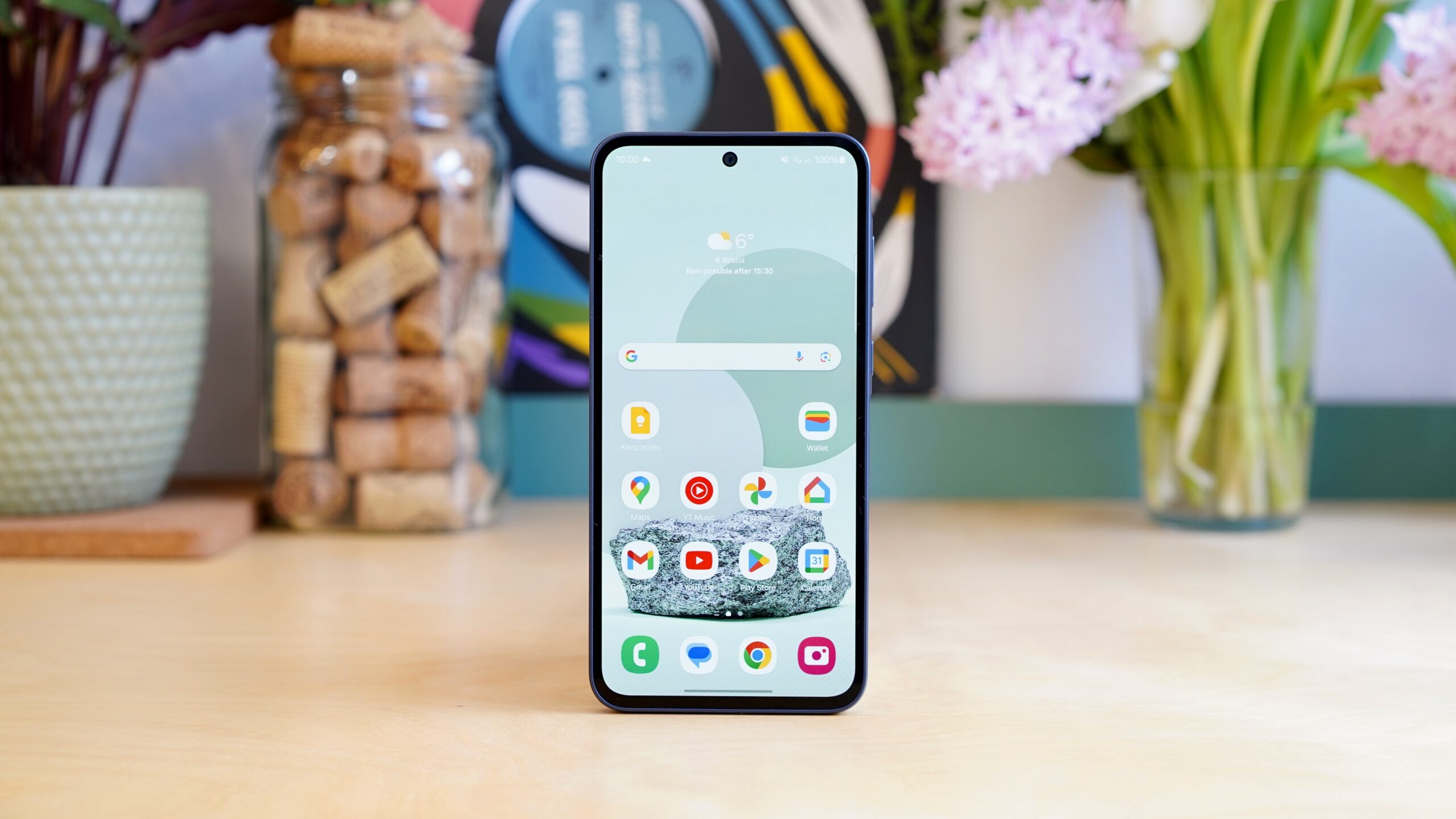Huawei P50 Pro Review
A good camera can't save the P50 Pro
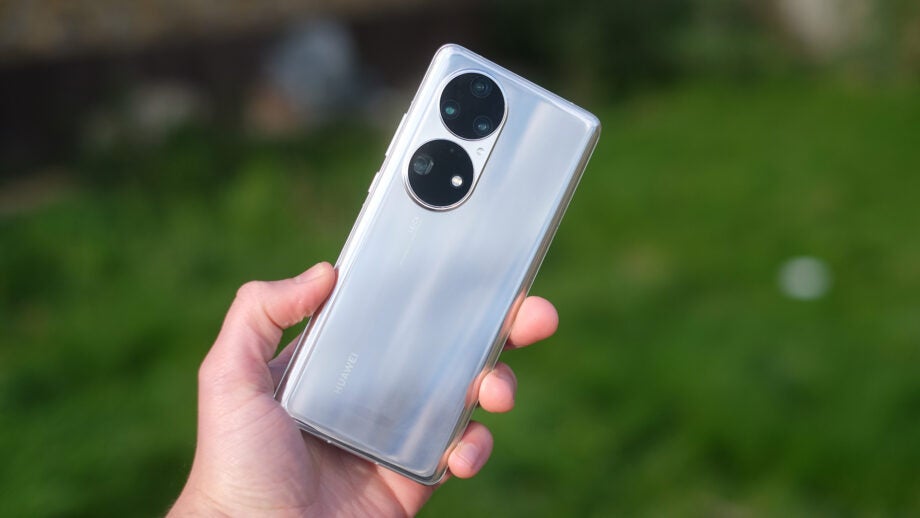
Verdict
The Huawei P50 Pro has an excellent camera array, and a brilliant zoom, but app issues and some out-of-date inclusions mean it is a hard sell at the price.
Pros
- Excellent camera, including a top 3.5x zoom
- High-quality design and build
- Good general and gaming performance
Cons
- Last-generation processor
- No Google apps
- Poor apps/games library
- Rivals deliver a better all-round experience
Availability
- UKRRP: £1099
- USAunavailable
- EuropeRRP: €1199
- Canadaunavailable
- Australiaunavailable
Key Features
- 3.5x zoom cameraThis phone features an excellent dedicated zoom camera with a useful 3.5x field of view. It lets you take images that would look soft through another phone’s lens
- Qualcomm Snapdragon 888 CPUYou get a high-end Snapdragon 888 CPU – while it isn’t the latest chipset from Qualcomm, it does offer flagship-grade real-world performance
- IP68 water/dust-resistanceHigh-grade water- and dust-resistance means you don’t have to worry about rain or accidental drops in the sink, fragile as this glass phone may seem
Introduction
The Huawei P50 Pro is a strange phone: expensive, outdated in parts and great in others. There’s no 5G and the phone has a last-gen processor.
But the key issue here is, of course, the one that affects all Huawei phones. No Google Mobile services mean the Huawei P50 Pro has to use the company’s own alternatives to make up the difference.
The available app library is poor as a result. Plus, the methods Huawei uses to expand it raise security concerns – Huawei’s software is more conspicuously ad-packed than the norm, which grates when you’re spending over a grand on this phone.
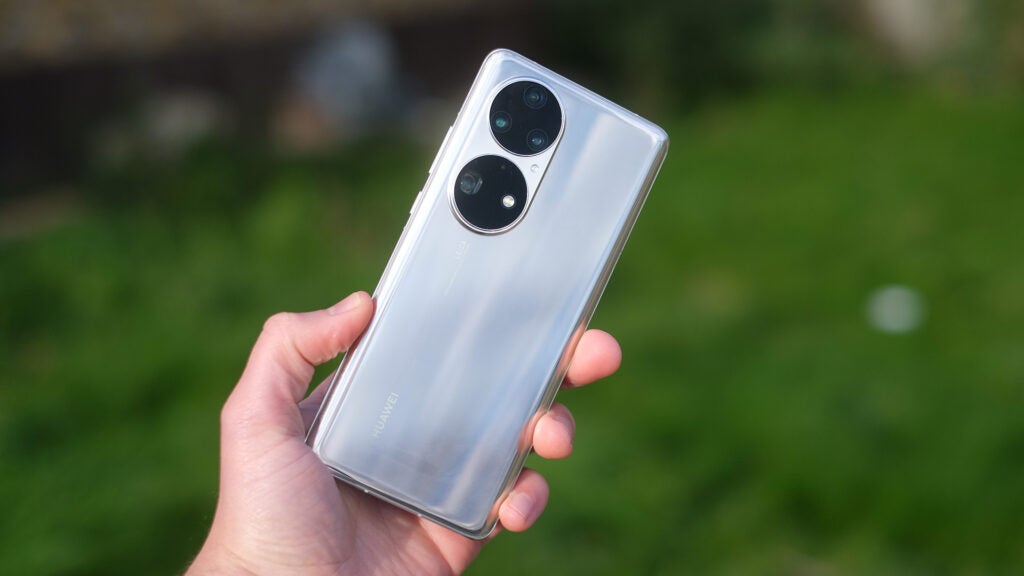
There are areas to appreciate, though. The Huawei P50 Pro’s camera is a blast to use. Much like the top-end Samsung Galaxy S22 Ultra, there are always dozens of photos you could take wherever you are, thanks to the strength of the multi-camera lineup.
Colour accuracy flies out of the window when you use the zoom for some reason, but the main camera is excellent all-round. In one sense, I’d like to see more phones like the Huawei P50 Pro: Android handsets that aren’t huge but that feature a powerful periscope zoom. However, this phone in particular is tough to recommend to the average buyer, particularly at £1099.
Design
- Unusual dual-disc design
- Curved glass back and front
- A mid-sized handset, easy to handle
The visual design of the Huawei P50 Pro is likely to polarise. Its cameras sit in two great big glass discs. In the gold version I have, in particular, the effect exudes a kind of ostentatious opulence, nudging towards the sort of territory that reminds me of phones from the defunct Vertu.
Vertu phones were almost universally tasteless. I wouldn’t go that far in describing the Huawei P50 Pro, but the end result does lack the tasteful finish that has become the norm.
In fact, my first take on the Huawei P50 Pro’s second camera disc is that, in phone design terms, it was the equivalent of a codpiece. There was very little of this approach to design in older Huawei flagships.
However, having mulled it over a bit more, I have found that the Huawei P50 Pro is actually quite impressive from a technical perspective. This isn’t a huge phone, or a thick one; but Huawei has managed to fit in a periscope zoom camera without using a super-prominent camera bump. These periscope cameras use folded optics, where a mirror bounces light by 90 degrees to allow enough room for the lens elements that make a powerful zoom work.
Employing that second disc for the zoom camera keeps all of this hardware away from the other cameras, none of which are tiny “filler” cameras. The Huawei P50 Pro look exudes excess, but under the hood the layout is probably just the result of sensible engineering.
And as long as you don’t have hands so big that your fingers will rest over the lower camera bump, the Huawei P50 Pro feels great. The front and back are curved glass; the sides shiny aluminium. The phone doesn’t use Gorilla Glass – Huawei may have trouble working with Corning thanks to US sanctions – but neither is it some cheap alternative. It’s a “high-aluminum lithium glass” co-developed by Huawei and BYD.
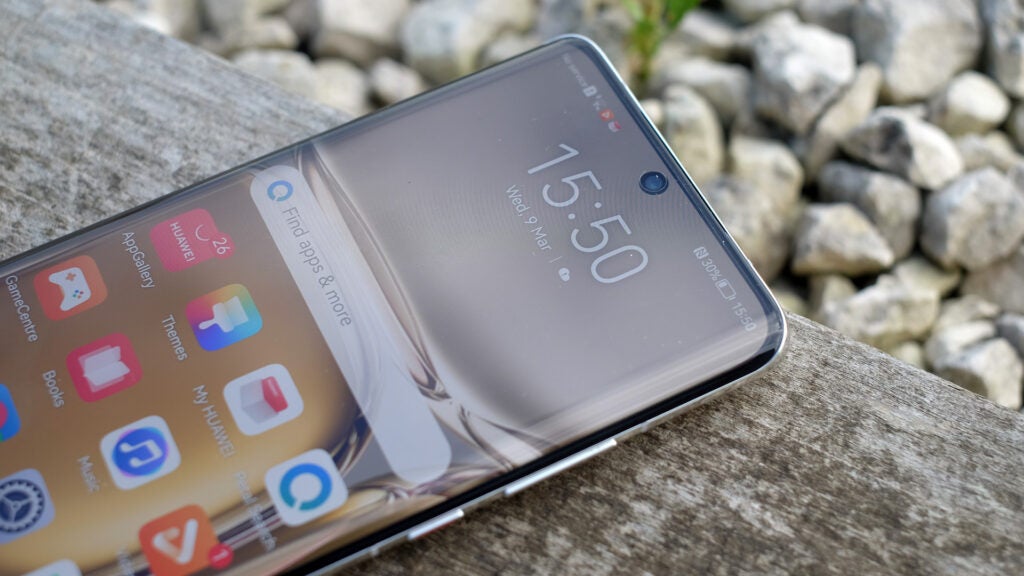
I don’t really torture-test phones, so all I can allay is that to this point the handset remains scratch-free. However, I can tell you that the back isn’t remotely oleophobic – it picks up fingerprint smudges very quickly, and they take some effort to rub off.
The tough-sounding glass is matched with excellent IP68 water-resistance, meaning the Huawei P50 Pro is rated to withstand submersion in water at a depth of 1.5m. And a plastic screen protector is applied as standard – always a welcome touch.
The speakers here are good, too: a stereo pair with one driver at each end of the phone. Mids and treble sound well defined and clear, almost to a fault at the highest frequencies. Bass isn’t quite as prominent, but there’s enough to ensure kick-drums actually have some presence.
The Huawei P50 Pro also has an IR blaster. Its Smart Remote app uses this hardware to turn the phone into a universal remote.
The Huawei P50 Pro’s screen is a rare thing, a powerful OLED display that looks classy and correct straight out of the box. It’s common for manufacturers to set their phones to a juiced-up colour mode that shows off OLED colour power, but tends to make your app icons look intensely saturated.
You only get two options here. The first sets the colour calibration automatically based on the app used. Vivid uses a saturated look throughout. There’s no option to set the Huawei P50 Pro to a less saturated standard such as sRGB, but I don’t miss it because the default is pretty reserved as-is. It’s a nice show of restraint from Huawei.
This is a high-resolution, 6.6-inch 2700 x 1228 pixel display. That’s an odd resolution, sitting somewhere between Full HD and the 1440p of the Oppo Find X5 Pro and Samsung Galaxy S22 Ultra. There’s a slight but noticeable improvement to the smoothness of small text next to most 1080p displays, thanks to its mid-level size.
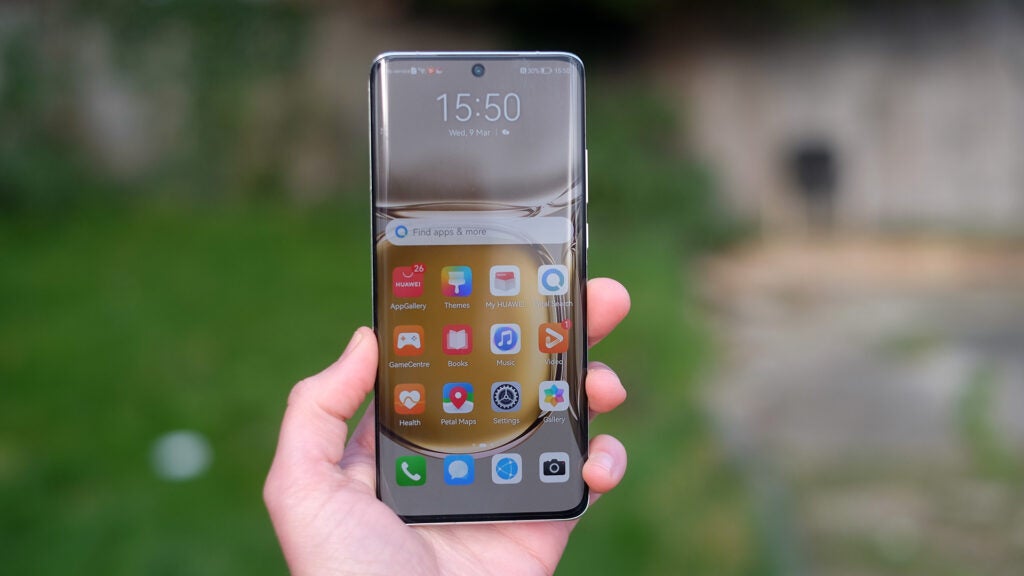
The Huawei P50 Pro’s OLED also comes with adaptive refresh rate technology. It can go up to 120Hz, but drop back down when displaying static content to save battery life. Unfortunately, I can’t reveal exactly how it operates because, unlike normal Android phones, there’s no refresh rate indicator in the Developer Options area in this handset’s settings menu.
You get the idea, though. The Huawei P50 Pro has a top-end OLED screen that delivers excellent colour and contrast. While its curved sides may not appeal to all, I find this style makes a phone appear more expensive, even if it does cause reflection pooling.
Maximum brightness in sunny conditions isn’t best-in-class but is sufficient for good outdoors clarity. Huawei may have gone easy here because the Huawei P50 Pro doesn’t have a super-sized battery.
Performance
- Last-generation Snapdragon CPU
- Lack of Google services causes a host of issues
- Great for gaming
I have the “global” version of the Huawei P50 Pro. It runs the EMUI software rather than Harmony OS, and has a Qualcomm Snapdragon 888 processor rather than Huawei’s own Kirin 9000.
On the surface the software feels much like it did in Huawei’s glory days. By default there’s no app drawer, but you can add one back in if you so desire.
It looks just like Android, because deep down it is Android. The Huawei P50 Pro’s software is based around Android 11, just with Google Mobile Services stripped out.
It has Huawei’s AppGallery in place of Google Play, Petal Maps instead of Google Maps, plus a Huawei email client. Prepare for this change if you’re upgrading from a classic Huawei handset such as the P30 Pro.
The app library is perhaps the most significant sacrifice. AppGallery’s own library remains pretty dismal, with most of the apps I use day-to-day notable by their absence. Huawei attempts to fill in the gaps with Petal Search.
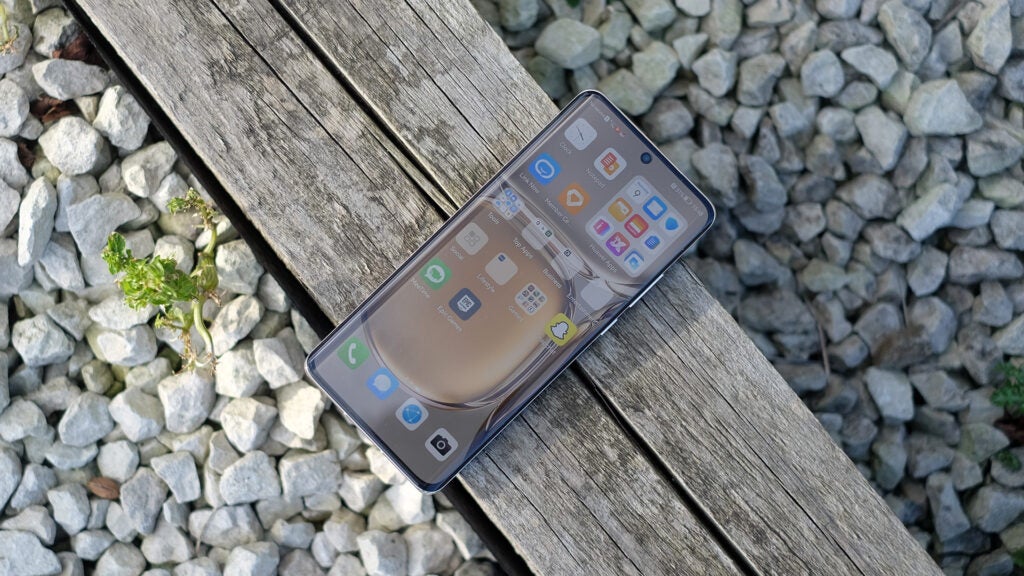
When you search for an app in AppGallery, the results will be sprinkled with items from Petal Search, links to third-party app stores such as ApkPure, ApkFab and ApkMonk. Use those links and you’re at the mercy of the anti-virus and anti-malware practices of these small third-party stores – and they won’t be nearly as rigorous as those of the Google Play Store.
In addition, Petal Search only appears to link you to free apps from these stores, and the combined app reach remains poor. Without digging deeper there was no way to get games such as Hitman Sniper, all-time classic The Room or brain.fm, a generative music app I sometimes use for background audio while working.
To use a Huawei P50 Pro is to rethink the apps you’ll use day-to-day, unless you want to find a way to install Google Play. And even then apps that rely on Google Mobile Services likely won’t work.
There are other headaches, too. For example, you can download WhatsApp directly from the official website – nice. However, it doesn’t appear to let you restore the chat backup from your last phone. This is presumably because the data is stored in Google Drive, which the Huawei P50 Pro is blocked from accessing.
A browse through the games available directly from AppGallery is depressing, a representation of the worst of mobile gaming. Stacks of low-quality copycats and button-clicker games designed to hook you enough to get you spending, but few of the classics, and none of the ambitious stuff.
In better news, you can download Asphalt 9, Roblox and Fornite through the Epic installer. At least these popular titles are covered.
The Huawei P50 Pro doesn’t have the very latest processor Qualcomm because, while new to the West, this phone was released long before in China. It does have the best Qualcomm CPU available back in mid-2021, the Snapdragon 888.
Fortnite offers a good test of its power. The Huawei P50 Pro can run the game at Epic graphics, and the 60fps only accessible to powerful phones is unlocked. Funnily enough, the game seems to run at an uncapped frame rate, too, hitting highs of 90-odd frames per second at times.
With all settings maxed, there are occasional drops below 30fps; but the game still feels and looks about as good as it gets. The Huawei P50 Pro scores 5649 points in 3DMark’s Wild Life, which is – just as you’d expect – on a par with the best of last year’s Android phones, but a step behind this year’s top crop.
It’s no biggie for real-world use at present, but it’s a reason to opt for something else. The lack of 5G is a bigger issue; there’s no 5G version of this phone. While the Snapdragon 888 is typically considered a 5G chipset, the Huawei P50 Pro uses the later 4G-only one. It narrows the phone’s appeal… along with all the other issues mentioned.
The phone also becomes hotter than most of the other Android handsets I’ve used recently, particularly playing Fortnite. It’s the area next to the cameras that gets most toasty, presumably because it’s where the main processor chips live.
Camera
- 3.5x zoom is excellent
- Great image quality, apart from some colour fidelity issues
- Ultra-wide camera is the one slightly weaker area in the hardware
The Huawei P50 Pro has issues – but the camera is world-class. It’s able to square up to any of the 2022 flagships in most respects, despite being developed a year before phones such as the Oppo Find X5 Pro.
You get a strong 50-megapixel primary camera, a fab 3.5x zoom, a decent but not truly remarkable 13-megapixel ultra-wide, plus a 42-megapixel monochrome camera. Having a separate camera for monochrome images is a dumb idea. Yes, leaving out the colour filter array allows more usable light to hit the sensor, reducing noise and so on – but it’s still dumb.
However, Huawei leans on the monochrome sensor for depth sensing (in the Aperture and Portrait modes) and, hopefully, in Night mode for HDR processing. So maybe this monochrome camera isn’t so useless.
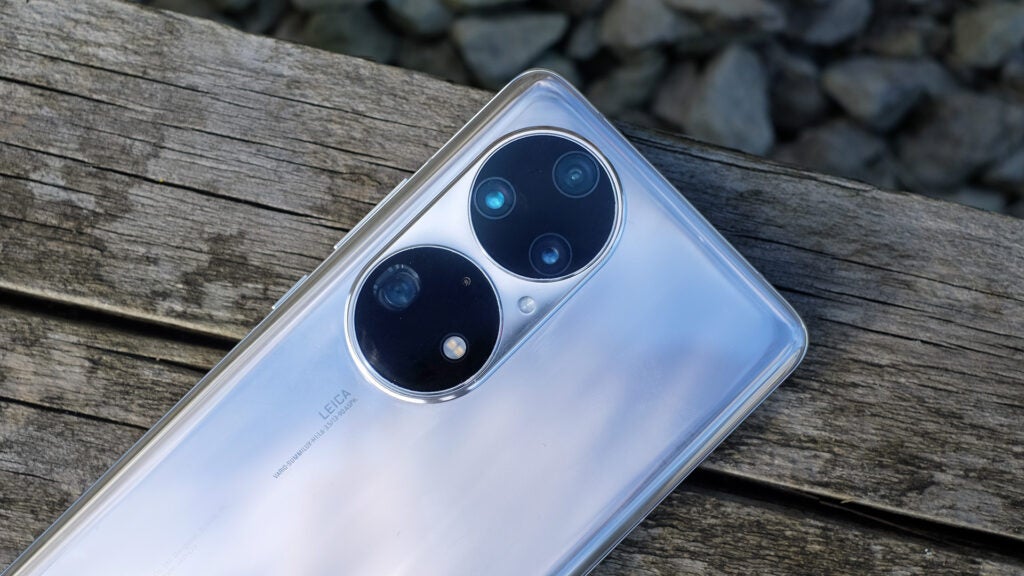
Before we get onto the good stuff, let’s get the few complaints out of the way. First, colour accuracy can often be way off the mark when shooting with the ultra-wide and 3.5x zoom cameras. I’ve almost exclusively noticed this effect in grass. It gets way too green, as if the Huawei P50 Pro has unkillable “AI” processing in these secondary cameras.
Huawei lets you sort-of fix it using one of the Leica colour modes. But these are filters, offering different brands of “that’s not quite the green my eyes see”.
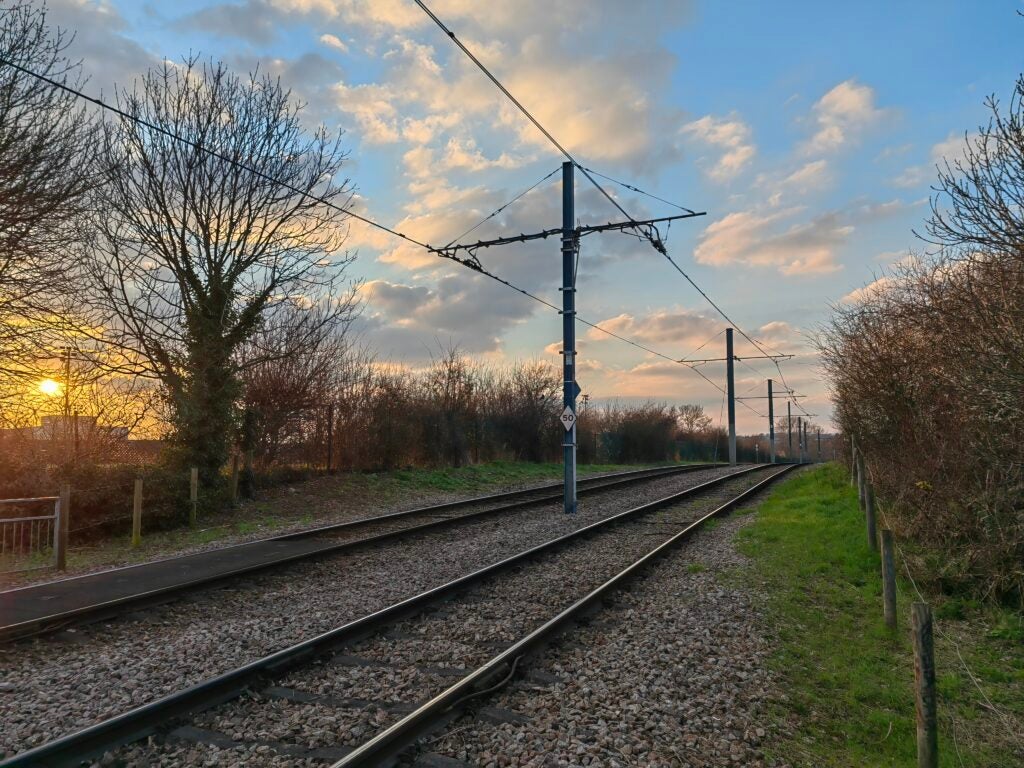
Next, the ultra-wide camera is only decent; it doesn’t hold up that well in low-light conditions. Finally, even though the “background blur” Aperture and Portrait modes use a very high-res depth sensor (42 megapxiels), the Huawei P50 Pro still mucks up its depth maps much of the time. This results in parts of an image that shouldn’t be blurred being blurred.
Other than that, the Huawei P50 Pro is masses of fun, and the best phone camera I’ve used in a while. The dynamic range in its images is excellent, and Huawei lets you watch the HDR doing its thing, too – sort of. When you first open up the camera and point it at your subject, you’ll see the image rapidly put together a preview of the high dynamic range result, zapping overexposed parts of the sky that appear initially.

The 3.5x zoom is excellent, perhaps the best I’ve seen at this 3-3.5x magnification. While the Samsung Galaxy S22 Ultra is a more versatile zoom camera all-around thanks to its 10x zoom, the Huawei P50 Pro can even do a decent job at 10x (for which it has a preset mode), as long as the scene isn’t so complicated that it highlights the processing involved. In some 10x shots a strange hazy diamond patterning is visible, too.

Huawei’s Night mode is excellent, and does wonders for both the zoom and main cameras, although at 3.5x the phone does seem to revert to using the primary camera in some situations. The tripod mode is also broken, on my P50 Pro at least. This is where the phone senses it’s being held perfectly still, and takes its sweet time for night images. It either produces weirdly dark, blue-looking pictures or, more often, sticks at the “image processing” part in perpetuity – once fixed, it will no doubt produce superb results.
Video is largely excellent. Stabilisation is great even when you shoot at 4K/60fps. And if you zoom in during capture, the Huawei P50 Pro automatically switches to the 3x zoom camera at about 3.9x magnification. This, too, looks great in daylight.
Why not 3.5x? I assume it’s down to the sensor crop required for software stabilisation.
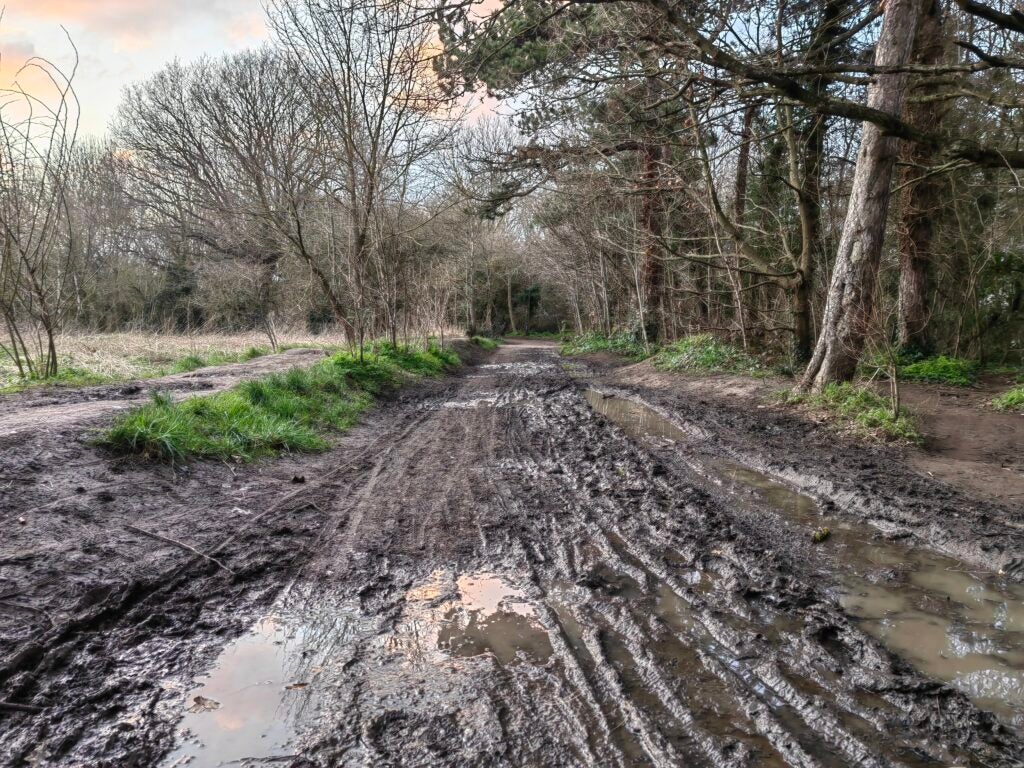
The Huawei P50 Pro camera is up there with the Oppo Find X5 Pro and latest Samsung handsets as one of the best phone cameras available, even if it is effectively a 2021 mobile. Its ultra-wide is the weak point, but the top-notch zoom makes up for it in my estimation.
The front-facing camera has a 16-megapixel sensor and produces great selfies in most situations, although fine facial hairs do look a little processed up-close. Its standard shooting mode is not good for dark selfies, but there is a Night mode that uses the screen as a flash. It works wonders, so long as you’re close enough for this makeshift flash to do its job.
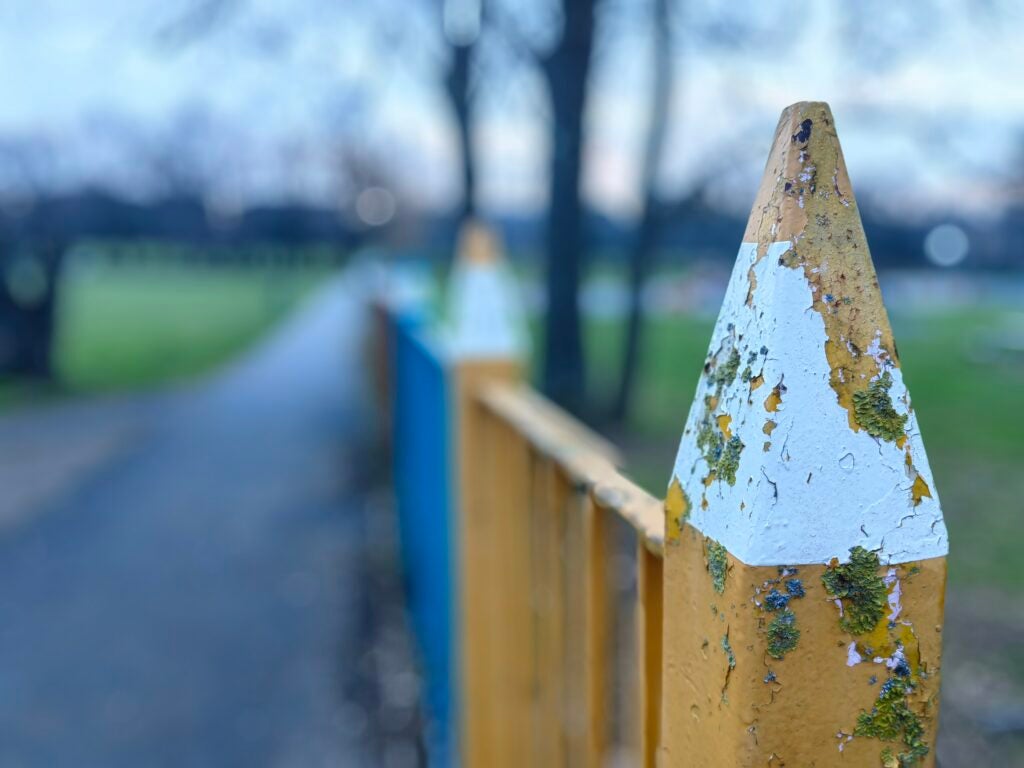
Battery Life
- 45-minute cabled charging
- 50W wireless charging
Like most ultra-high-end phones, the Huawei P50 Pro’s design doesn’t revolve around battery capacity. The phone includes a 4360mAh battery, just slightly smaller than the cell found in the Samsung Galaxy S22+.
I usually judge a phone’s battery by how it holds up in normal use. That was a bit tricky with the Huawei P50 Pro, because I can’t use some of the apps I typically open on a daily basis.
However, the phone does perform well considering the only moderate capacity. It lasts a full day with at least 20% charge left by bed time, and power management is good enough to ensure it loses very little charge when the phone isn’t in use.
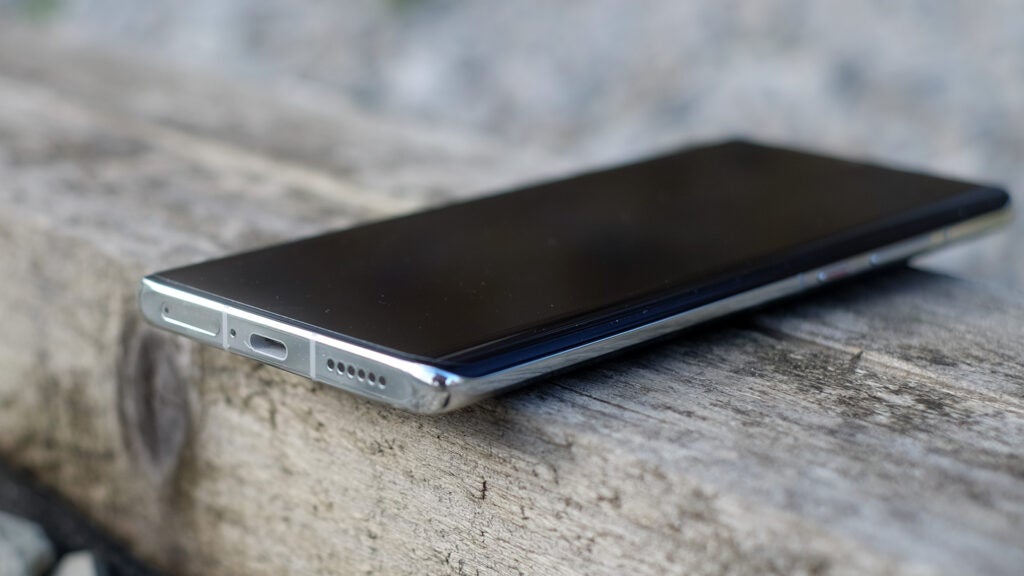
Gaming does drain the battery quickly – not a surprise given how toasty it gets, and that the Snapdragon 888 is a powerful chipset.
The Huawei P50 Pro doesn’t have the fastest battery charging around, but does easily surpass Apple and Samsung. It comes with a 66W charger that gets you from flat to 50% charge in just 17 minutes. A full charge took 45 minutes.
Fast wireless charging is an option, too, at an unusually high power of up to 50W. You’ll need a fast-charging dock to get this, though. Huawei’s own costs around £72 online.
Latest deals
Should you buy it?
If you want one of the best cameras around on a phone: Despite being originally released a year before in China, the Huawei P50 Pro’s camera array holds up to the 2022 competition well, in particular, the 3.5x zoom. It brings a lot of fun to phone photography.
You want an issue-free experience: Huawei phones are too compromised to recommend to many people these days. Not having Google apps is a real pain, and you just can’t get access to enough apps, even if you’re happy to side-load software.
Final Thoughts
Huawei phones aren’t a great fit for most people now that they don’t have Google apps. It isn’t just about the apps themselves, but how it limits your access to the wider Android app ecosystem. Trying to fill the gaps through third-party app stores doesn’t work, not when you’re looking at spending this much money.
The problem is compounded by the Huawei P50 Pro’s outdated processor and lack of 5G, which add to the sense that you’re not getting a great deal.
That said, the Huawei P50 Pro’s camera is a blast to use. The main camera is great, the 3.5x zoom is among the best around. And while there are some minor gripes about colour-tuning at times, these are overshadowed by the good stuff.
How we test
We test every mobile phone we review thoroughly. We use industry standard tests to compare features properly and we use the phone as our main device over the review period. We’ll always tell you what we find and we never, ever, accept money to review a product.
Used as our main handset during test period
Camera tested in variety of situations with all modes
Tested with synthetic benchmarks and real world use
FAQs
This phone doesn’t support 5G. It’s capped at 4G internet speeds, making it one of the priciest non-5G phones around.
Like all Huawei phones, the P50 Pro uses Huawei apps and services instead of Google ones.
Yes, and wireless charging power is excellent with the right pad, supporting up to 50W.

